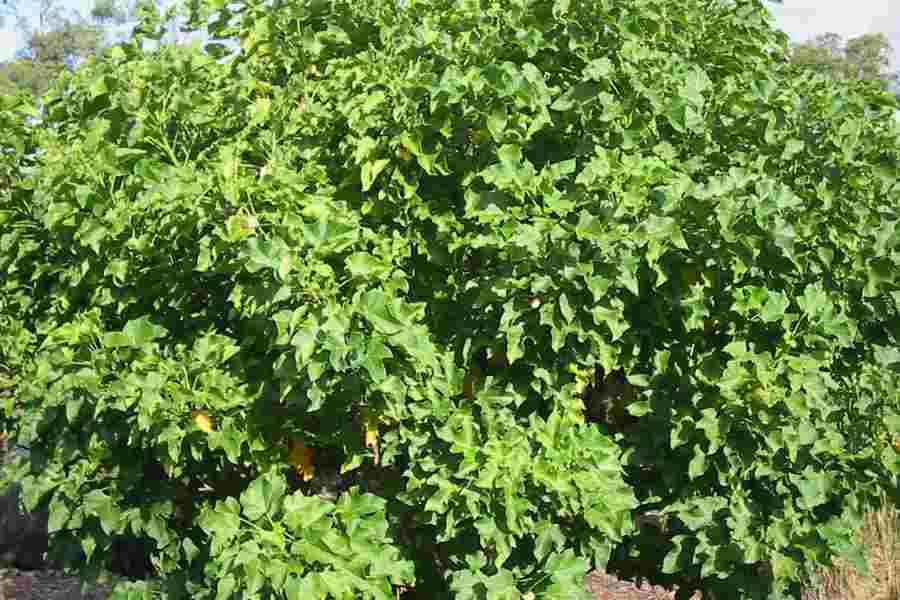Jatropha A Feasible Alternative Renewable Energy
페이지 정보
작성자 Rosetta Wollast… 작성일25-01-12 22:05 조회52회관련링크
본문
Constantly the biodiesel industry is searching for some option to produce eco-friendly energy. Biodiesel prepared from canola, sunflower and jatropha can change or be integrated with traditional diesel. During first half of 2000's jatropha biofuel made the headlines as a really popular and appealing option. It is prepared from jatropha curcas, a plant species belonging to Central America that can be grown on wasteland.
Jatropha Curcas is a non edible plant that grows in the deserts. The plant grows really rapidly and it can yield seeds for about 50 years. The oil got from its seeds can be used as a biofuel. This can be combined with petroleum diesel. Previously it has been utilized two times with algae combination to fuel test flight of airlines.
Another favorable method of jatorpha seeds is that they have 37% oil material and they can be burned as a fuel without refining them. It is likewise used for medical function. Supporters of jatropha biodiesel say that the flames of jatropha oil are smoke totally free and they are effectively checked for easy diesel motor.

Jatropha biodiesel as Renewable resource Investment has actually attracted the interest of many companies, which have actually checked it for automotive usage. Jatropha biodiesel has actually been road checked by Mercedes and 3 of the cars have covered 18,600 miles by utilizing the jatropha plant biodiesel.

Since it is since of some drawbacks, the jatropha biodiesel have actually ruled out as a terrific renewable resource. The biggest issue is that no one understands that what precisely the performance rate of the plant is. Secondly they do not know how big scale growing may impact the soil quality and the environment as a whole. The jatropha plant requires 5 times more water per energy than corn and sugarcane. This raises another problem. On the other hand it is to be noted that jatropha can grow on tropical environments with annual rainfall of about 1000 to 1500 mm. A thing to be kept in mind is that jatropha requires proper irrigation in the very first year of its plantation which lasts for years.
Recent study states that it holds true that jatropha can grow on degraded land with little water and bad nutrition. But there is no proof for the yield to be high. This might be proportional to the quality of the soil. In such a case it may require high quality of land and might require the very same quagmire that is dealt with by most biofuel types.
Jatropha has one primary downside. The seeds and leaves of jatropha are poisonous to humans and livestock. This made the Australian government to ban the plant in 2006. The federal government declared the plant as invasive species, and too risky for western Australian agriculture and the environment here (DAFWQ 2006).
While jatropha has promoting budding, there are variety of research study obstacles remain. The value of detoxification has to be studied because of the toxicity of the plant. Along side a systematic research study of the oil yield have actually to be undertaken, this is very since of high yield of jatropha would probably needed before jatropha can be contributed substantially to the world. Lastly it is likewise really essential to study about the jatropha species that can survive in more temperature level environment, as jatropha is extremely much limited in the tropical environments.
댓글목록
등록된 댓글이 없습니다.







